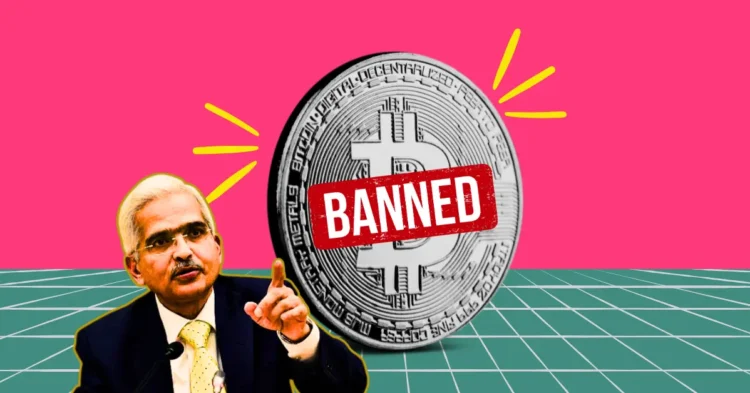As India stands at the crossroads of digital finance, a crucial decision looms over the future of cryptocurrencies like Bitcoin and Ethereum in the nation. The government is contemplating a significant shift in its digital currency policy, considering the possibility of banning these private digital currencies. Simultaneously, it aims to promote its own Central Bank Digital Currency (CBDC), popularly known as the digital rupee. This potential transition has ignited widespread discussions regarding the future landscape of India’s digital economy, particularly as the nation seeks to explore the safer avenues offered by a state-backed CBDC.
The Debate Over Risky Cryptocurrencies
While there hasn’t been an official declaration yet, numerous government officials have expressed concerns regarding the risks associated with cryptocurrencies. The potential for misuse, coupled with issues of volatility and illicit activities, positions cryptocurrencies as a risky venture. In contrast, the CBDC is perceived as a viable alternative that can deliver similar advantages without the inherent dangers. A government official remarked, “CBDCs can do whatever cryptocurrencies do, but without the risks,” underscoring the inclination toward a more regulated digital currency. Unlike private digital currencies, a CBDC could offer financial stability and mitigate the chances of unlawful activities.
India’s Crypto Policy Developments
In a significant development in July, Ajay Seth, India’s Secretary of Economic Affairs, indicated that an inter-ministerial group, which includes the Reserve Bank of India (RBI) and the Securities and Exchange Board of India (SEBI), is diligently working on a comprehensive policy paper regarding cryptocurrencies. Though this paper was anticipated to be unveiled in September, its delay has sparked curiosity about India’s definitive stance on the matter. Should the proposed ban be implemented, it could usher in stricter regulations on private cryptocurrencies, thereby positioning CBDCs as the favored digital option moving forward.
Meanwhile, the RBI is vigorously promoting the retail adoption of the digital rupee. Despite its current modest usage, with approximately 18,000 daily transactions, the RBI aims to significantly boost this figure to one million transactions by the year’s end. To enhance the digital rupee’s appeal, the RBI is developing innovative features, including offline transaction capabilities, and plans to integrate it with India’s widely used Unified Payments Interface (UPI). This strategic integration could substantially elevate the digital rupee as a more convenient and universally accepted payment method across the nation.
New Era of Digital Finance for India
India’s advocacy for the digital rupee signifies a broader movement towards digital financial transformation. With a burgeoning user base of over 5 million and the participation of 16 banks, the digital rupee is rapidly gaining momentum. The question remains: will India’s CBDC outpace private cryptocurrencies and redefine the digital financial landscape?
The Future of India’s Digital Economy
As the nation anticipates the government’s decision, it becomes increasingly evident that India is embarking on a new era of digital finance. By embracing the digital rupee, not only is the country poised to enhance financial inclusion, but it also stands ready to lead the way in adopting secure and efficient digital payment solutions. The outcome of this pivotal moment will undoubtedly shape India’s economic future and its role in the global digital economy.











